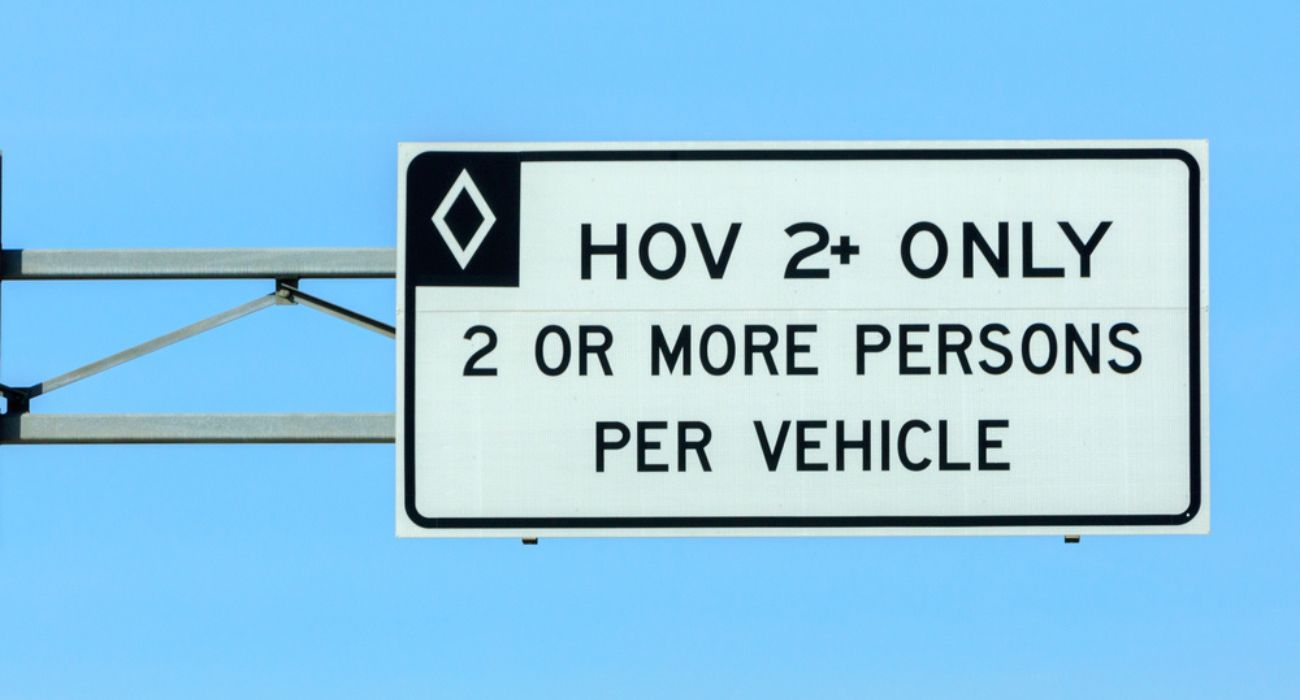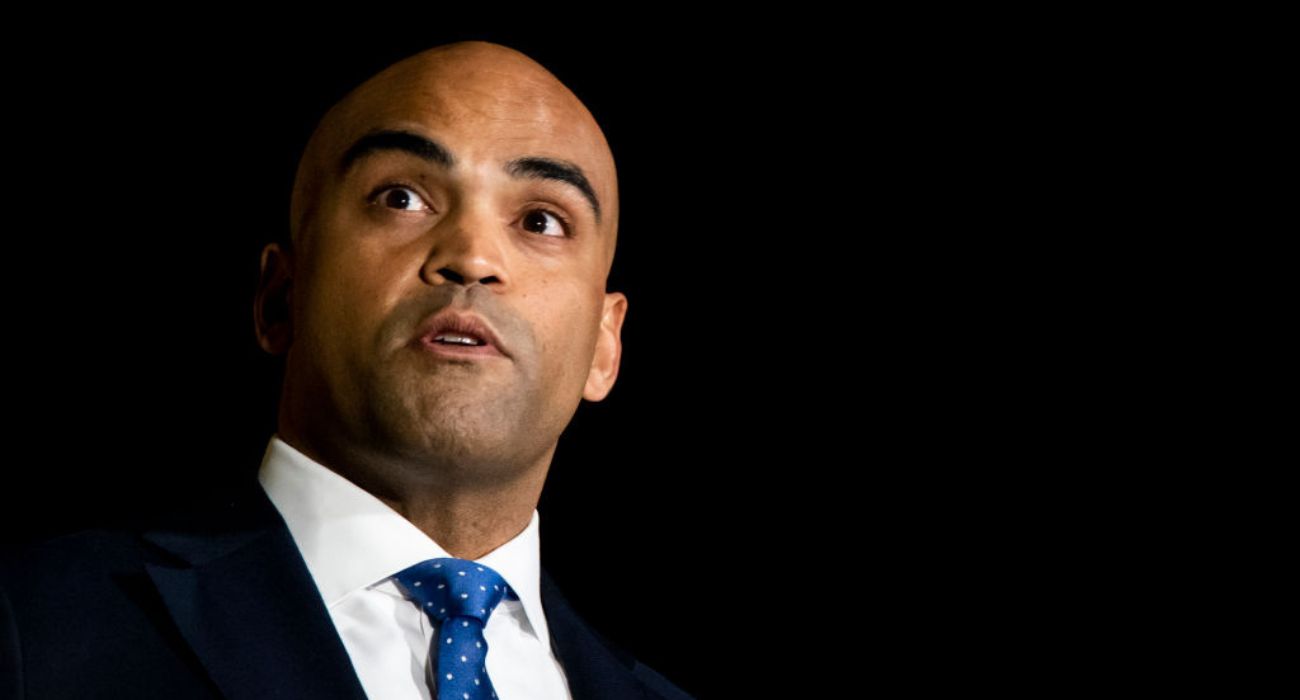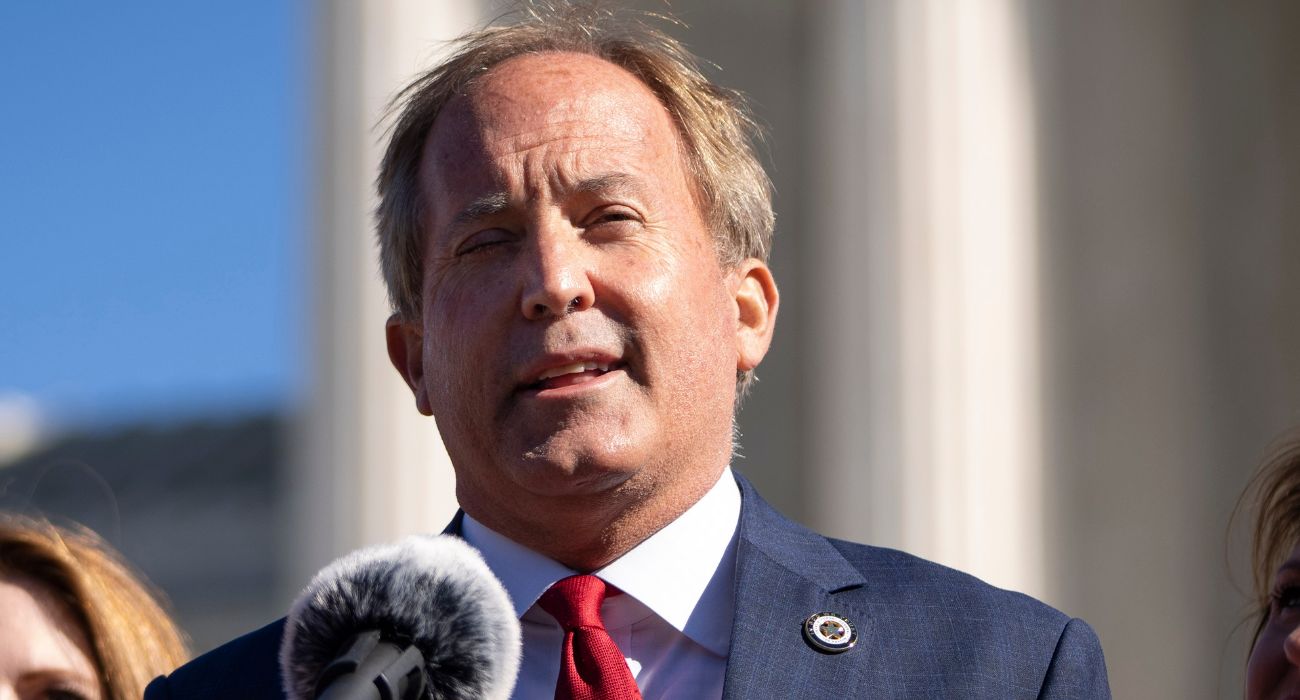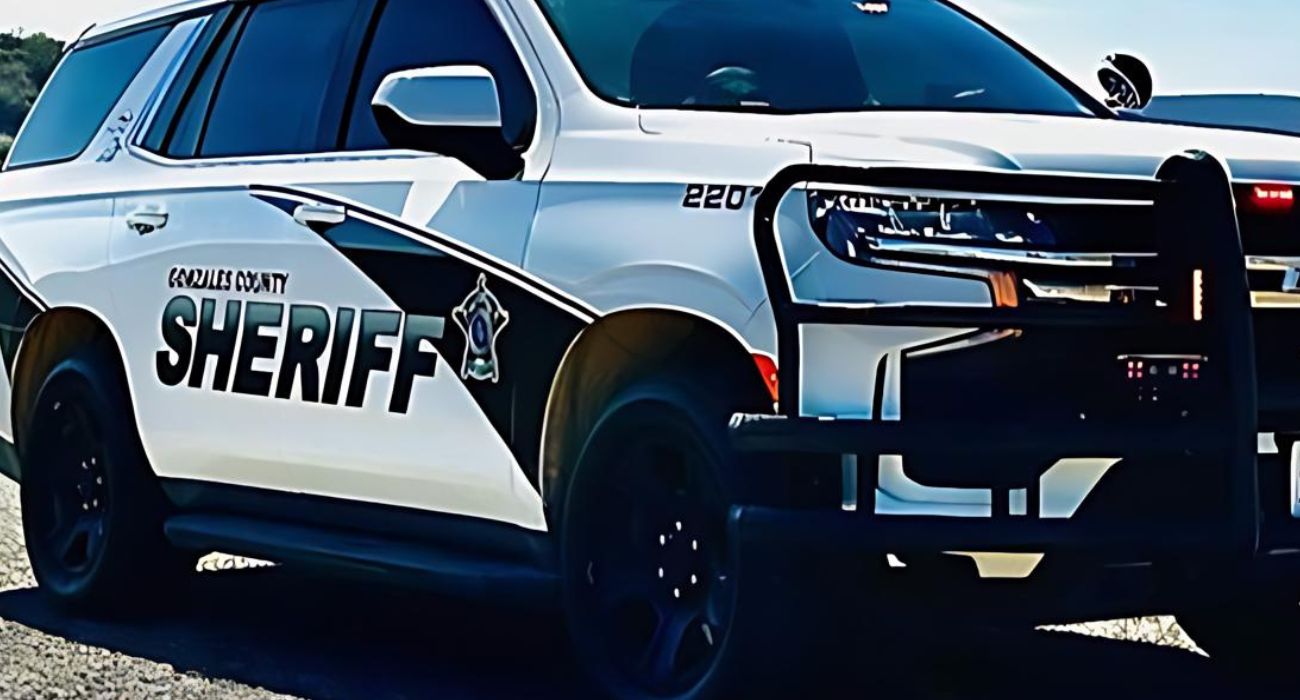To help reduce congestion and better use existing infrastructure, a portion of the high occupancy vehicle (HOV) lanes on U.S. 75 are set to be converted to so-called “technology lanes.”
The forthcoming technology lanes, located between LBJ Freeway and Allen, will allow regular, general-purpose traffic to use the previously HOV-only lane at all hours apart from weekday rush hour, WFAA reported, adding a fifth lane to the highway for most of each day.
Monday through Friday, between 7 a.m. and 9 a.m. and 4 p.m. and 6 p.m., these repurposed lanes will be for the exclusive use of high-occupancy, electric, or low-emission vehicles.
Duncan Webb, a commissioner with Collin County and chair of the Regional Transportation Council, has been waiting four years to announce the initiative.
“Education and mobility are the two biggies for why people come to areas. If traffic is really bad they’re not coming,” Webb told WFAA.
The project is one of many endeavors to help ease growing traffic in Dallas-Fort Worth, which has become a plight in the area. For instance, per The Dallas Express, U.S. 380 is in the process of having more lanes added, with a projected completion date of 2025.
As one of the busiest highways in North Texas, opening U.S. 75 to additional vehicles for much of the day should help alleviate some of the congestion.
“It’s about time. Good job. We should be there because we’re helping with the environment,” said Terri Hurst, a Tesla owner, when speaking with WFAA while charging her vehicle.
EVs have become particularly popular among consumers, representing 10% of all new car sales worldwide in 2022. This is an increase of about 68% from the year before. However, projections for EV sales in 2023 have not been favorable according to some analysts, citing rising energy costs and production challenges.
Whether these new technology lanes, with their notable inclusion of EVs, will be used more than the original HOV lanes remains to be seen. They will in any case be the first of their kind in Texas, WFAA reported.
According to Webb, over a dozen solutions were considered by the Texas Department of Transportation (TxDOT), the Regional Transportation Council, and the FHWA (Federal Highway Administration) to help reduce traffic congestion and increase the usage of the underutilized lanes.
Webb hopes the project will solve many of the numerous complaints he has heard over the past few years.
Some of these complaints surround the flexible plastic poles, known as pylons, that line the lane. Already, they are often broken since motorists are constantly running them over. Next, they add another layer of complexity when recovering vehicles broken down in HOV lanes.
The pylons will be removed entirely, according to Webb. Instead, the lane will be designated with a striped line just like the regular lanes, except thicker.
As part of a subsequent phase, the team responsible for the project will coordinate with the road management services of cities that lie along the affected route. This stage will help establish protocols for managing accidents and diverting traffic.
Before final approval of technology lanes, input meetings, public notices, and environmental assessments must be completed, WFAA reported.
Since the original HOV lanes on U.S. 75 were constructed using federal funds earmarked to improve air quality, federal approval is also needed to proceed with the transition to technology lanes.
Should everything go according to schedule, Webb believes construction could start as early as the end of 2023, with the lanes active by 2026.






